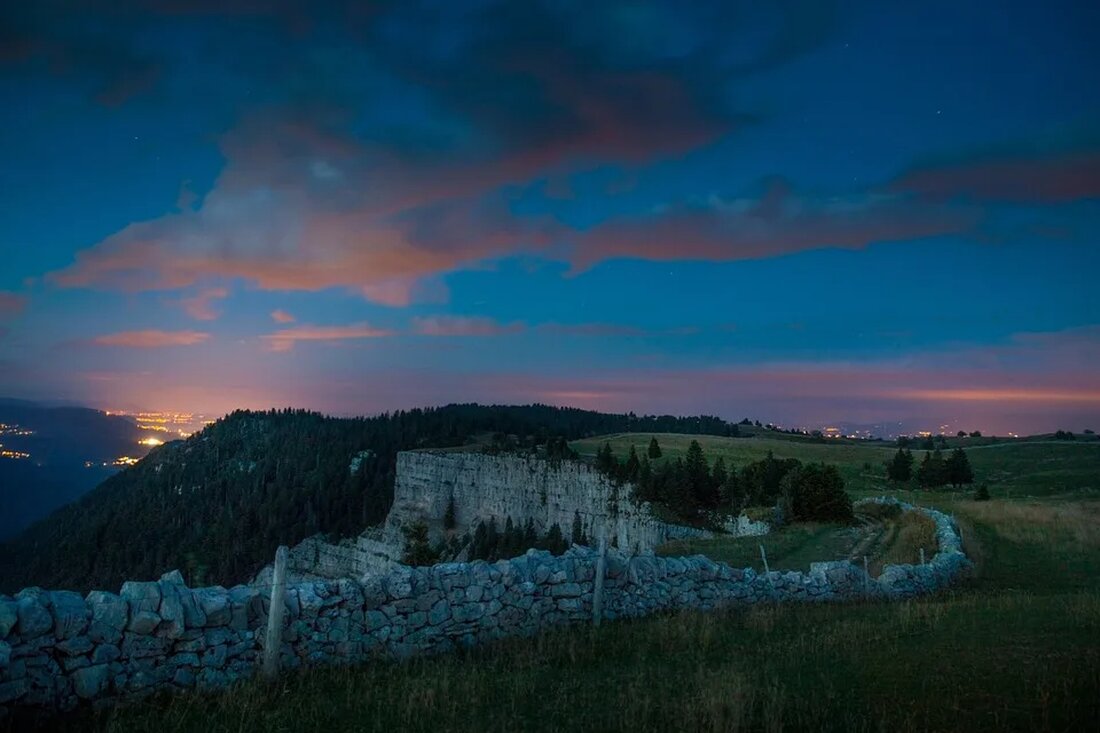The impact of light pollution on wildlife
The increasing human-nature interaction in the modern world has led to more and more natural processes being disrupted. One of the buzzwords that is often overlooked in this context is light pollution – excessive or uncontrolled artificial lighting in the environment. Light pollution isn't just a nuisance for astronomers, it also has serious impacts on wildlife. In this article we discuss the impact of light pollution on wildlife. Light Pollution: An Introductory Explanation To fully understand its impact on wildlife, it is first important to understand the nature of light pollution itself. Light pollution occurs when the natural darkness of the...

The impact of light pollution on wildlife
The increasing human-nature interaction in the modern world has led to more and more natural processes being disrupted. One of the buzzwords that is often overlooked in this context is light pollution – excessive or uncontrolled artificial lighting in the environment. Light pollution isn't just a nuisance for astronomers, it also has serious impacts on wildlife. In this article we discuss the impact of light pollution on wildlife.
Light Pollution: An Introductory Explanation
To fully understand the impact on wildlife, it is first important to understand the nature of light pollution itself. Light pollution occurs when the natural darkness of the night is disrupted by artificial light sources. This can be done at various levels, including street lighting, advertising signs, building and sports stadium lighting, and the general bright lighting of cities and industrial areas.
Types of light pollution
There are different types of light pollution, including direct glare, light scattering, light dominance and light trespass. Direct glare refers to unpleasant or excessive brightness. Light dominance refers to the predominant brightness of certain light sources over natural or lesser light sources. Light scattering occurs when light is scattered across the entire spectrum instead of being focused on a specific area. Light trespass refers to unwanted or disruptive light entering areas where it is not needed.
Natural cycles and animals
To understand the impact of light pollution on animals, we should consider the importance of nighttime darkness and diurnal and seasonal lighting patterns for animals. Many animals rely on the darkness of night for their activities. These activities include feeding and hunting behavior, migration, mating behavior and general behavior. Disturbances in the natural light pattern can affect these behaviors and seriously endanger the animals' livelihoods.
migratory birds
Migratory birds are an example of animals severely affected by light pollution. These birds use the moon and stars, among other things, to set waypoints for their migration routes. False light that overrides their natural signals can mislead the birds and impair their ability to reach the target. Furthermore, nocturnal migratory birds can be confused and attracted to bright light sources, leading to collisions with buildings and other human structures.
Sea turtles
Sea turtles, especially newborns, are also disturbed by artificial light. After hatching, young animals intuitively orient themselves towards the brightest horizon - in natural conditions this is the sea. In areas with strong ambient light from human activity, young animals often become lost and die due to exhaustion, predators or human influences.
Summary and suggested solutions
It is clear that light pollution poses a serious and often overlooked threat to the world's wildlife. The first step to solving this problem is awareness. Public education initiatives can help raise general awareness and expand understanding of the effects of light pollution.
Reducing light pollution
Authorities and relevant institutions should consider measures to reduce light pollution. This can be achieved by using dark sky compliant lighting, limiting lighting during nighttime hours and encouraging the use of lighting only when and where it is needed.
Protected areas
In addition, protected areas or "dark sky" parks can be established where lighting is strictly controlled to allow natural habitats undisturbed darkness. These areas can provide both a safe habitat and a safe migration corridor for numerous animals.
Ultimately, light pollution is a man-made threat that can also be mitigated and potentially reversed through human action. Given the significant impact that light pollution has on wildlife, it is imperative that we take action at both an individual and societal level to combat this ongoing trend.

 Suche
Suche
 Mein Konto
Mein Konto
